By Molly Balison and Jodi Peterson-Stigers
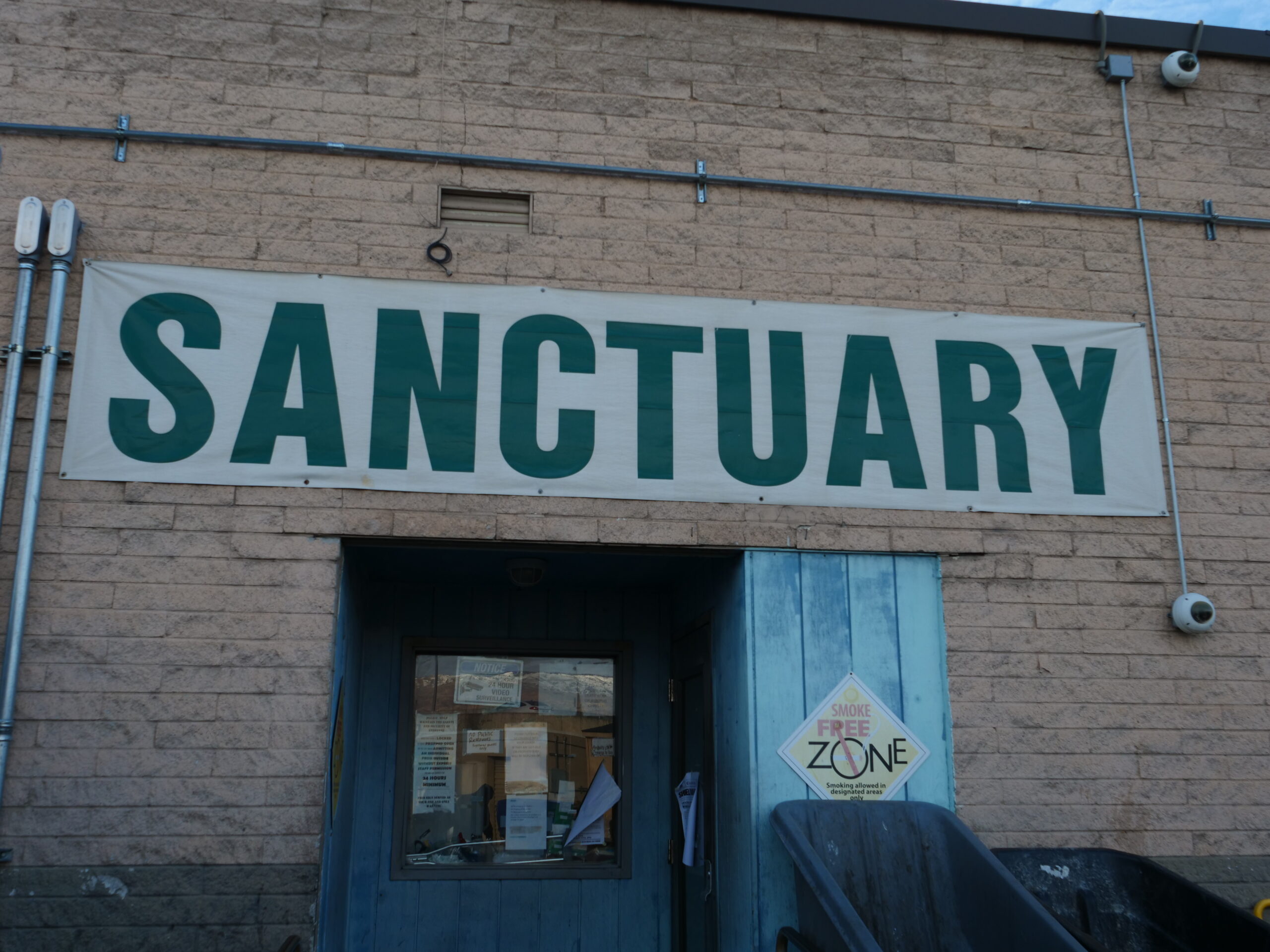
I asked Interfaith Sanctuary’s Executive Director, Jodi Peterson-Stigers, a series of questions based on various comments I saw on social media. These comments were in response to news stories about the Idaho Supreme Court’s ruling on Interfaith’s new shelter on State Street. The goal is to separate fact from fiction by bringing these posts directly to Jodi to clarify what was true, what was speculation and what was outright false.
Here are her responses:
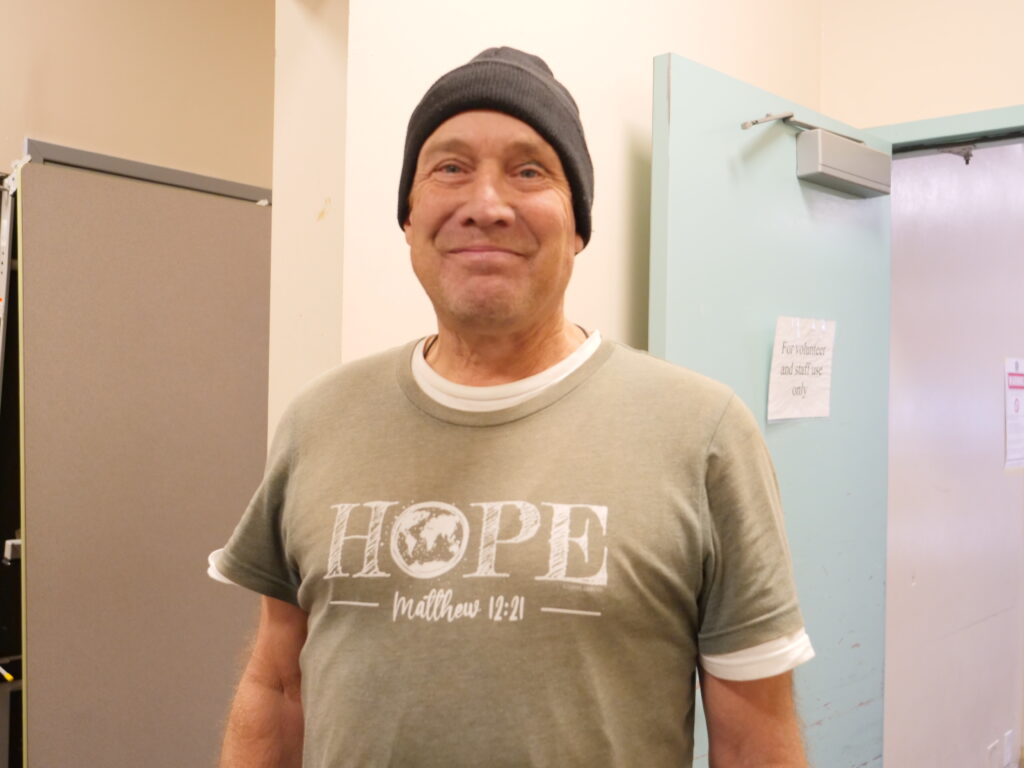
Q: What was the Idaho Supreme Court ruling about?
A: The Idaho Supreme Court’s ruling wasn’t about whether Interfaith Sanctuary’s shelter should or shouldn’t be approved—it was about how the City of Boise handled the approval process. The court found that the Boise City Council did not follow its own rules when it overturned the Planning & Zoning Commission’s (P&Z) denial of the application. Under city code, P&Z has the final authority on conditional use permits unless it makes a legal error, and the council can’t simply overrule P&Z because they disagree with the decision.
This means the issue was a procedural error by the city, not a problem with Interfaith Sanctuary’s application itself. The shelter still has the right to reapply, and the city is now considering changes to its process to ensure that decisions on future applications follow the correct legal procedures.
Q: What was the Idaho Supreme Court ruling about?
A: The Idaho Supreme Court’s ruling wasn’t about whether Interfaith Sanctuary’s shelter should or shouldn’t be approved—it was about how the City of Boise handled the approval process. The court found that the Boise City Council did not follow its own rules when it overturned the Planning & Zoning Commission’s (P&Z) denial of the application. Under city code, P&Z has the final authority on conditional use permits unless it makes a legal error, and the council can’t simply overrule P&Z because they disagree with the decision.
This means the issue was a procedural error by the city, not a problem with Interfaith Sanctuary’s application itself. The shelter still has the right to reapply, and the city is now considering changes to its process to ensure that decisions on future applications follow the correct legal procedures.
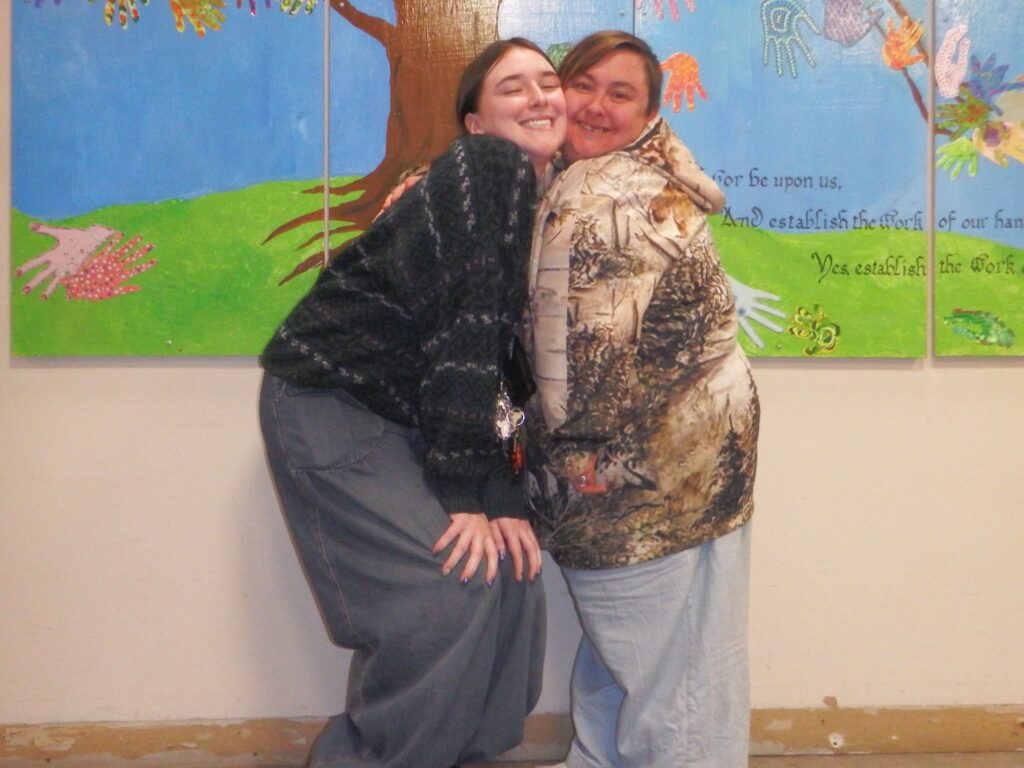
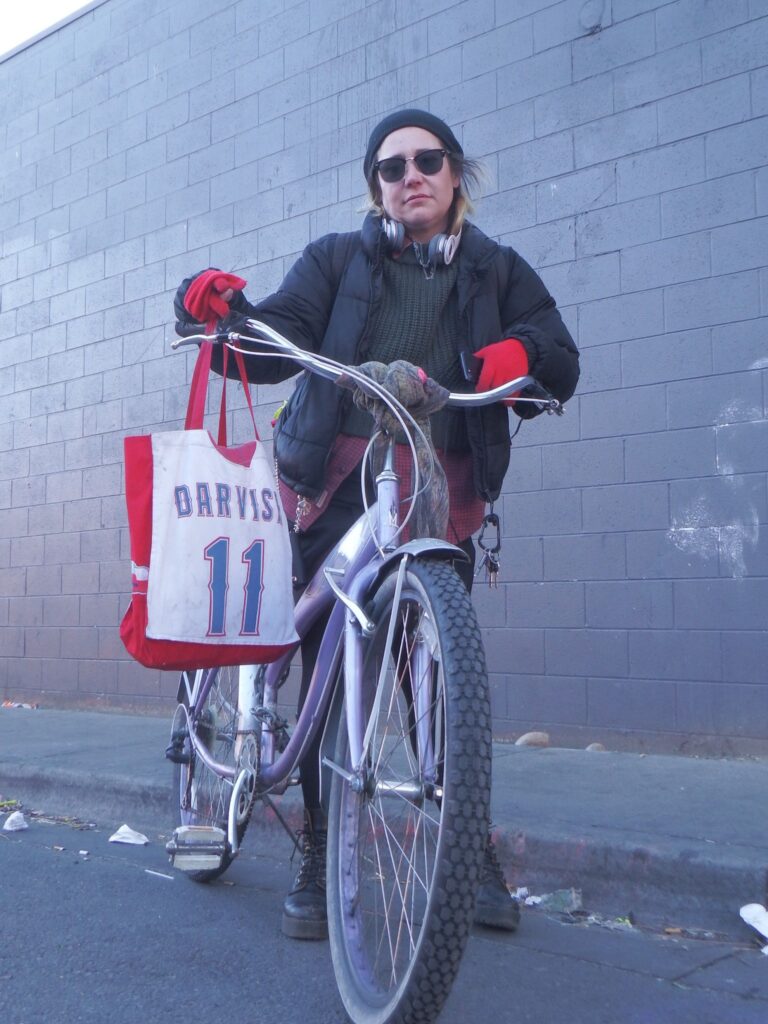
Q: How does Interfaith approach long-term rehabilitation instead of enabling addictions?
A: Interfaith Sanctuary takes a harm reduction and trauma-informed approach to support guests struggling with addiction while also offering long-term rehabilitation pathways. The goal is to stabilize individuals first—providing a safe place to sleep, access to healthcare, and connection to case managers—so they can work toward recovery, housing, and employment when ready.
As a low-barrier shelter, Interfaith doesn’t require sobriety for entry and recognizes that many struggling with addiction need a safe place before they can commit to recovery. Through recovery support programming, staff actively engage with guests about their substance use, offering resources, treatment referrals and support instead of ignoring the issue. Substance use on-site is not allowed and safety measures such as on-site security and medical support are in place to manage risks.
For those who relapse, the focus is on continued support and accountability, not punishment or abandonment. Trained staff provide overdose prevention education and access to Narcan and medical partnerships help guests get access to detox programs, MAT (Medication-Assisted Treatment), and mental health support. Guests work with case managers to create individualized plans that address housing, employment, and substance use. Stable housing is often key to long-term recovery, so Interfaith works to get people into supportive housing programs instead of just shelter cycling.
Interfaith’s philosophy is that addiction isn’t a choice, but recovery can be—and people are more likely to choose it when they have stability, support, and hope.
Q: Does the shelter use taxpayer dollars to operate?
A: Interfaith Sanctuary does not receive any funding from tax payers. We are a private non-profit that operates off private donations and grants.
Q: What do Interfaith’s donations fund?
A: Interfaith Sanctuary’s fundraising dollars are used 100% to cover the cost of our shelter services which includes: overnight shelter, meals, staffing, on-site programs, service costs and all operations.
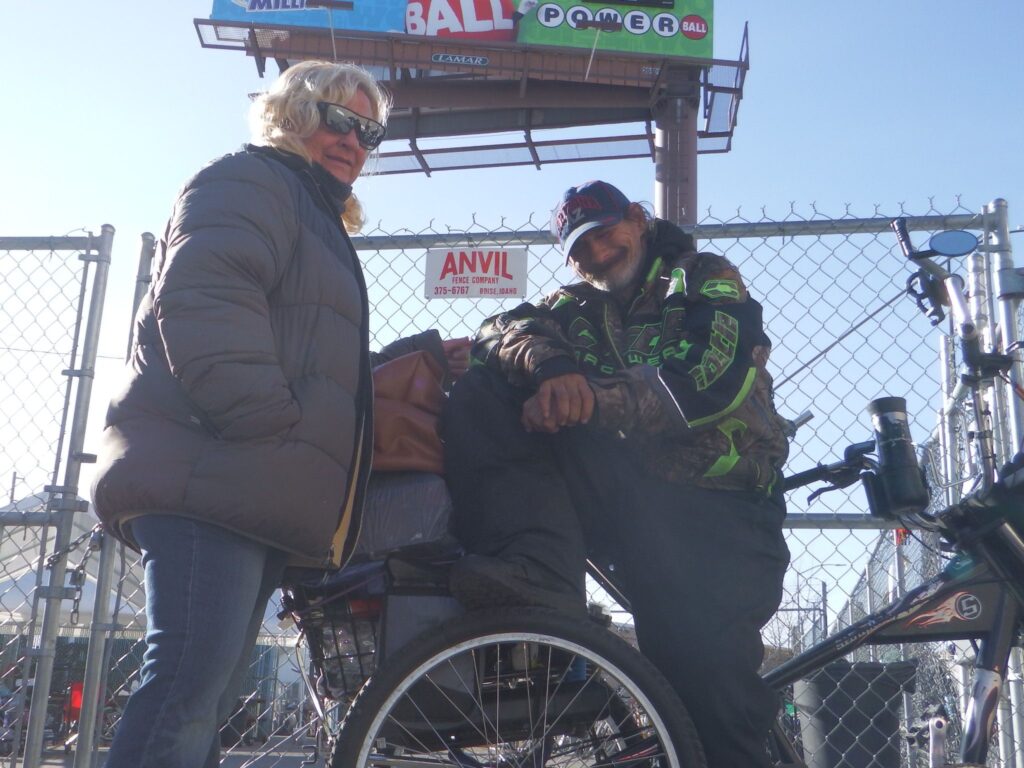

Q: What is the purpose of having one large shelter as opposed to several small shelters on the outskirts of the city?
A: The purpose is to maximize efficiency, accessibility, and effectiveness in serving the homeless community. This approach is the best because a single, well-equipped shelter allows for consolidated resources including case management, medical care, mental health services, job training, and meals—all in one place. Not only is it more cost-effective, but it allows for better partnerships with hospitals, outreach teams, and rehab programs, making it easier to transition guests into long-term housing and support.
Shelters on the outskirts often create transportation challenges for residents, increasing isolation and making reintegration and employment harder. The goal isn’t just shelter—it’s permanent housing. A well-run, centrally located shelter can work more effectively with housing agencies to transition guests into stable living situations, rather than just managing homelessness in multiple remote locations.
Interfaith Sanctuary’s new shelter is designed to serve more individuals by providing separate spaces for families, single adults, and those with medical needs, rather than forcing people to choose between safety and services.
Q: Does the new shelter on State Street pose a safety concern for the surrounding neighborhoods? Why or why not?
A: While concerns about safety are common when a new shelter is proposed, the reality is that well-managed shelters do not increase crime rates when they have the right structures in place. Research on shelters in other cities shows that crime does not rise when a shelter is properly managed. In some cases, crime actually decreases because people experiencing homelessness have a safe place to go instead of sleeping in unsafe areas. Without a shelter, people experiencing homelessness are forced to camp in unsafe conditions, increasing community concerns about public safety.
Interfaith Sanctuary’s new shelter has on-site security personnel 24/7 to ensure safety for both guests and the surrounding neighborhood and guests have full access to the facility 24/7. Unlike traditional shelters that require guests to leave in the morning, this shelter provides a stable, safe space where individuals can stay throughout the day if needed. Guests have the flexibility to come and go as necessary, allowing them to maintain their daily routines while always having a secure place to return to.
Shelters like Interfaith Sanctuary are part of the solution, not the problem.
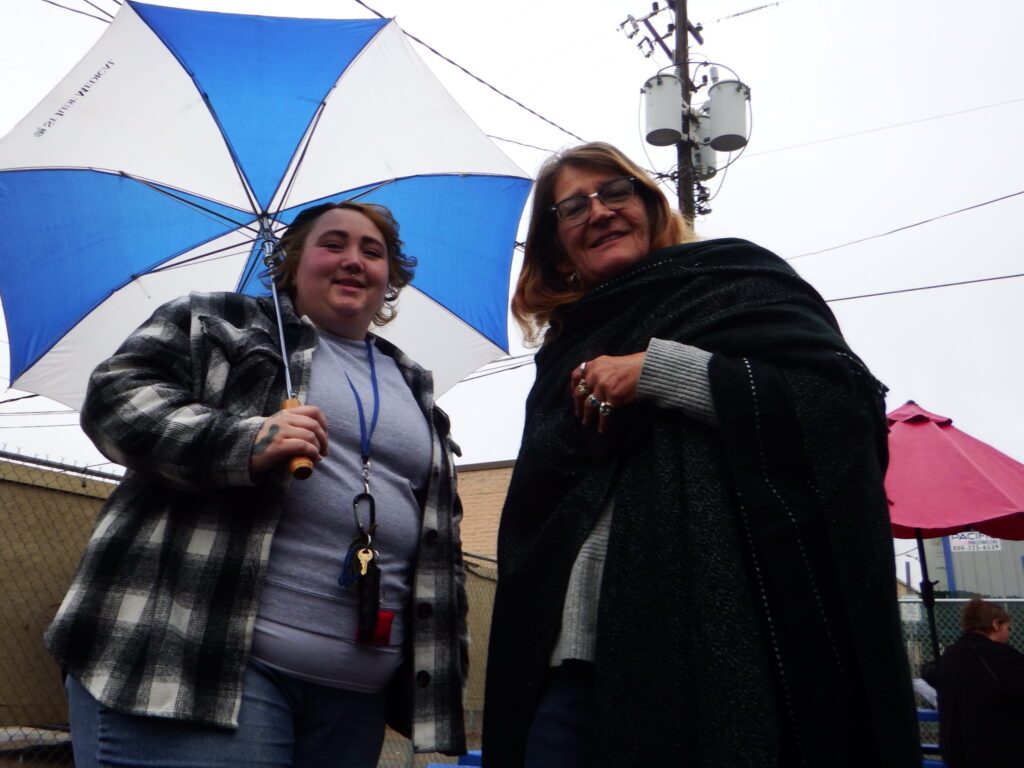
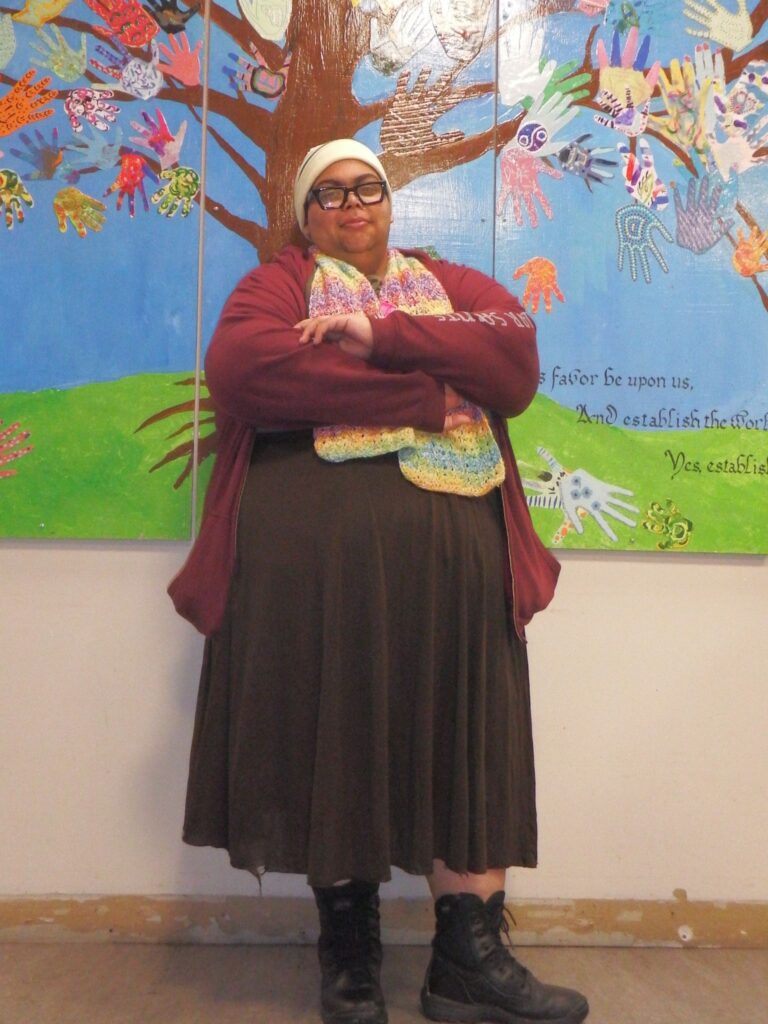
Q: What can the community do to show compassion to these unhoused individuals trying to get back on their feet?
A: The community plays a critical role in helping individuals experiencing homelessness regain stability. Compassionate actions—both big and small—can make a huge difference. As a community member, you can volunteer your time at the shelter or donate money, food, hygiene products or clothing to shelters like Interfaith Sanctuary to help meet basic needs.
If you encounter a homeless individual, acknowledge them as a human being. A simple greeting or conversation can make someone feel seen and valued. Avoid assumptions and judgment since many factors—such as job loss, medical emergencies, or domestic violence—can lead to homelessness. Carry care kits of socks, snacks, water, and hygiene items to hand out when you see someone in need. Connect people to resources like shelters, food banks, or medical services if they seem unaware of available help.
Encourage landlords to rent to people with housing vouchers or those overcoming past evictions.Support “Housing First” initiatives that prioritize stable housing as the foundation for rebuilding lives.
Lastly, speak up when you hear negative misconceptions—emphasize that homelessness is a situation, not a character flaw. Compassion, when turned into action, can help individuals move forward and create a stronger, more connected community for everyone. That’s what Interfaith stands for.
